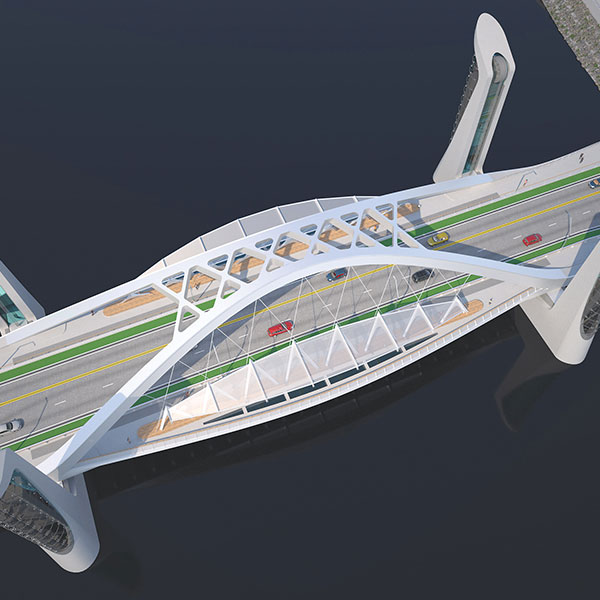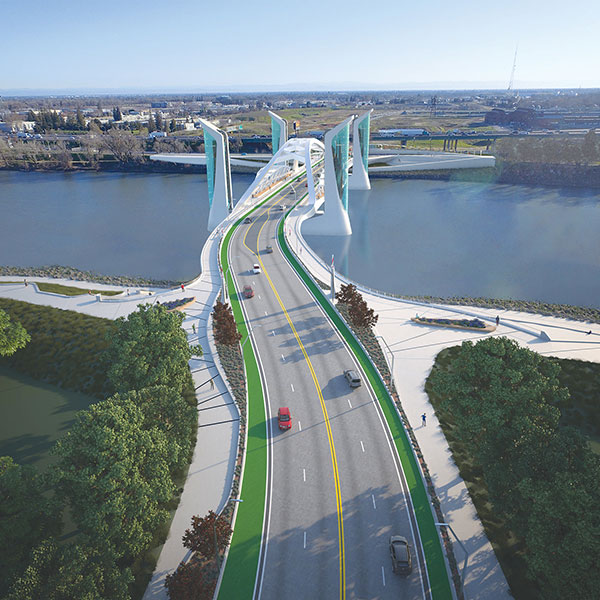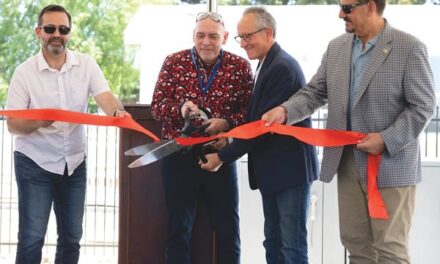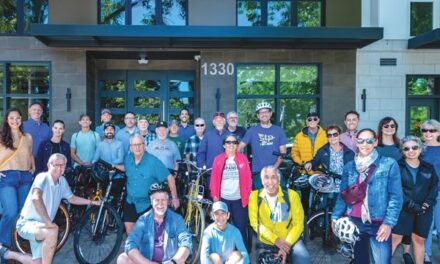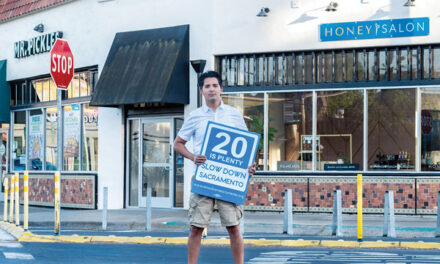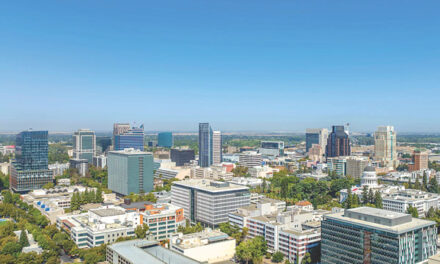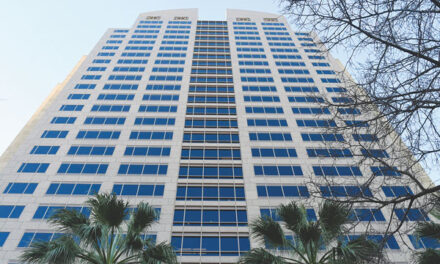A few months back, Sacramento and West Sacramento announced agreement on design finalists for a new bridge connecting the growing cities. The news was a letdown. Despite extensive community involvement, work from an international design firm and a fair amount of hoopla, it felt as if everyone was trying too hard for something special.
The two spans competing to replace the 108-year-old I Street Bridge were thick, bulky and needlessly grandiose. Rather than complement and enhance the surroundings, each finalist loomed over the river like a boisterous, unwelcome hulk.
Part of Sacramento’s charm is that it’s an unpretentious, if ambitious, city. But the plans seemed more concerned with being noticed than with the utilitarian job of efficiently moving vehicles, cyclists and pedestrians over our namesake river, with some panache.
To win the competition, the finalists needed to reimagine their plans. The effort paid off when the winner, by T.Y. Lin International Group, was unveiled at a Downtown media event. It felt like a revelation to a pleased audience.
As explained by Jeff Harris, Sacramento city councilmember and vice mayor whose district includes the bridge, and Noel Shamble, chief designer from T.Y. Lin, much of the success can be summed up in a word: aluminum.
As the lengthy design process unfolded, with more than 3,800 people participating, there was strong sentiment to include ample room on the bridge for cyclists and pedestrians. The winning design has that and more. It can handle buses and light rail. There are generous overlooks and seating areas on each riverbank to bring people closer to the water.
The bridge, projected for completion in 2023, will be about 100 feet longer than the 200-foot span it replaces. (Actually, the old I Street Bridge, just south of where the new bridge will be located, isn’t going away. It will carry only rail traffic.)
Extra length means more weight for the steel deck and support structure. Normally, extra weight requires higher, bulkier towers. But not in Sacramento, thanks to aluminum.
“We worked tirelessly to come up with new material innovations to make that weight less and allow us to really cut those tower dimensions in half,” Shamble said.
Now, the $210 million curvilinear bridge is sleek and graceful. It will wind and flow, like the water, with a sweeping line that extends from riverbank to riverbank. The lighter, thinner towers will be turned 90 degrees from the roadway, further evoking the river’s motion, with transparency built into the design.
With arches inclined over the roadway, users will experience a cathedral-like effect under the arches, a gateway experience in the approach. At night, the bridge will be tastefully lit, a glowing connection between two cities striving to take greater advantage of their riverfronts.
By the time the bridge opens, the area should be well on its way to a major renaissance, with a new soccer stadium, waterfront entertainment and other amenities, development in the Downtown railyards and more. Mayor Darrell Steinberg was not exaggerating when he said the new bridge “will be an instant landmark.”
Because it’s arched and designed to rise for river traffic, as the I Street Bridge does, Shamble said the design is unique in the world.
At the media event, U.S. Rep. Doris Matsui, who worked to secure federal funds for almost 90 percent of the cost, pulled the cover from a glass-enclosed model to enthusiastic applause. She described the bridge as “a modern, iconic structure that will define our region for the next century.”
It can also lead to more, much-needed bridges, City Councilmember Steve Hansen told the crowd.
“What you have today is a gift to the next generation … that will inspire us to do another bridge at Broadway, another bridge over the American River,” Hansen said.
Bridges should be more than a way to stay dry while crossing from one shore to another. At their best, they inspire with beauty, such as the Golden Gate Bridge. They celebrate a city’s architectural heritage, as with the Brooklyn Bridge.
No one will compare Sacramento’s new bridge, the first built here since the 1960s, with anything so grand. But by listening to the community, thinking creatively and seeking to fit in rather than dominate, the two cities delivered a blueprint for what could become the region’s most crowning architectural achievement since the Capitol building. It should also be fun to ride, walk, drive or just kill time on.
Gary Delsohn can be reached at gdelsohn@gmail.com. Previous columns can be found and shared at the all-new InsideSacramento.com. Follow us on Facebook, Twitter and Instagram: @insidesacramento.




